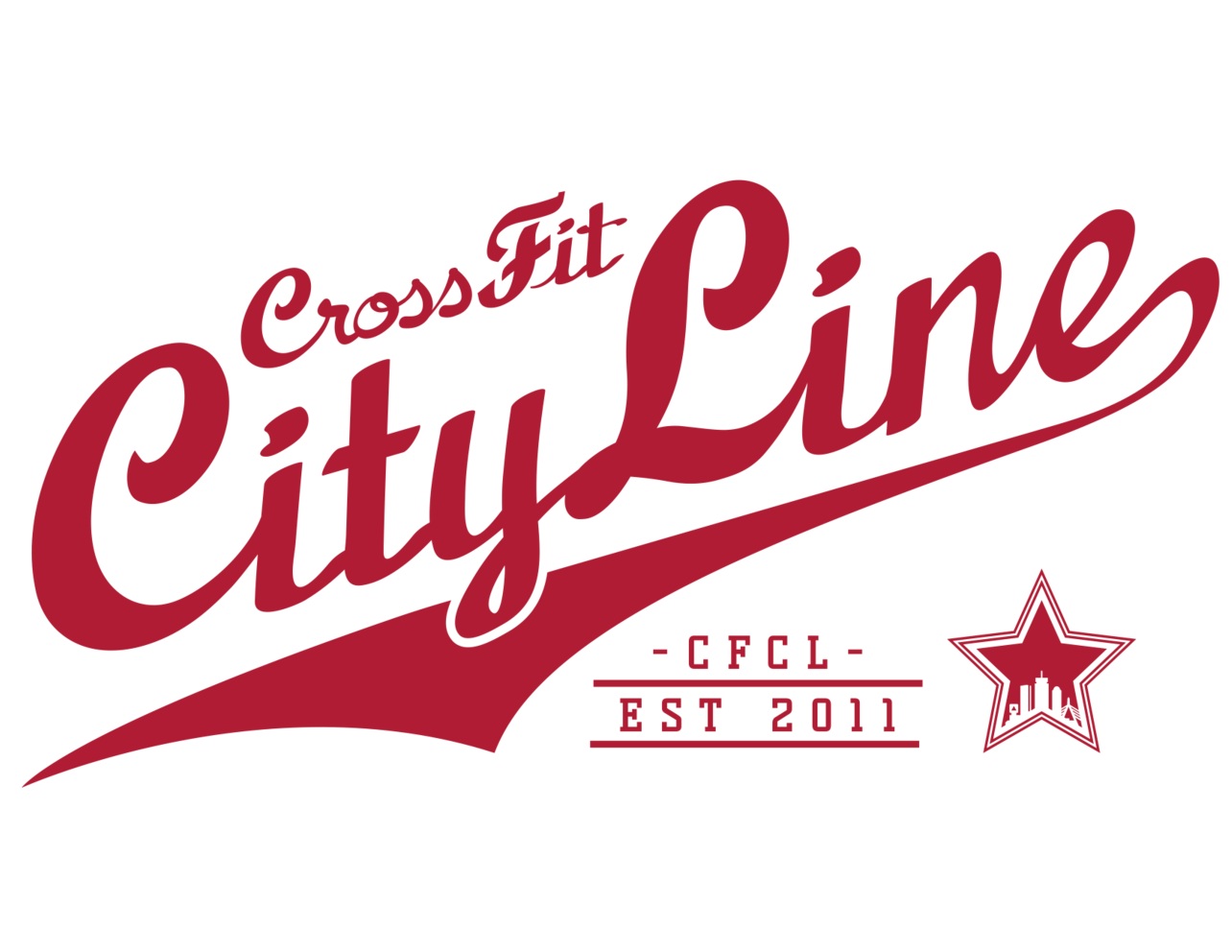Tempo Training - How a few seconds can make a big difference!
Tempo training can be a remarkable tool.
With benefits of improving quality of movement, reducing injury risk, and improving strength gains, there’s huge upside to understanding what a tempo training protocol is, looks like and how to follow it.
What Does 40X0 Mean?
The numbers after the number of repetitions stand for the tempo and speed that the different phases of the movement should be done at. There are four stages of every lift, no matter what lift it is. Each number in the tempo prescription represents the times in which it should take to complete that stage of the lift. When it’s seen on the website, it will look like this:
Back Squat
5 x 3 reps @ 40X0
The First Number
The first number always refers to the lowering phase of the lift (eccentric). Let’s use the back squat example. The 4 is the amount of seconds that it should take you to go down to the bottom of the squat. Even if the movement begins with you needing to pull up before being able to lower down, the 1st number is ALWAYS the lowering portion. So if this was tempo was for pull ups instead of a back squat, the first number would refer to the portion where you are lowering yourself from the top of the pull up down to the bottom.
The Second Number
The second number refers to the amount of time spent in the bottom position of the lift – the point in which the lift transitions from descending to ascending. Going back to our back squat, the second number is 0. This means that once the athlete reaches the bottom, immediately start the ascent. The second number could be something other then 0. If it was a 3, that means that the athlete would stay in the bottom position for 3 seconds before ascending.
The Third Number
The third number refers to ascending (concentric) phase of the lift. How long to get to the top of the list. In our back squat, there’s an X…if there is an X, it means that the athlete should be trying to move the weight up as quickly and explosively as possible. The weight being used may not allow you to feel like your moving at light speed, but it is the effort that counts. Give everything you have to make the weight move as quickly as possible. If the third number was a number, let’s say 2, that means no matter how able you are to move it faster, it should take 2 full seconds to move the weight from the bottom position to the top.
The Fourth Number
The fourth number tells the athlete how long you to pause at the top of the lift. For the back squat, there’s a 0, that means get into the next rep immediately. But think of a pull up with the same tempo written, 20X2, the athlete needs to hold their chin over the bar for two seconds before coming down.
How long is a second?
When you’re under a heavy barbell or holding on in a pull up, seconds all of a sudden go by much faster when counting! You can magically count to 3 in less than one second!
Avoid the fast forward counting method, and use “one thousands,” as in: 1-one thousand, 2-one thousand, 3-one thousand, 4-one thousand to ensure proper tempo.

